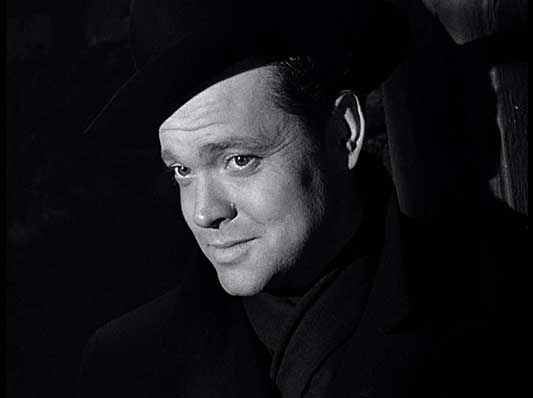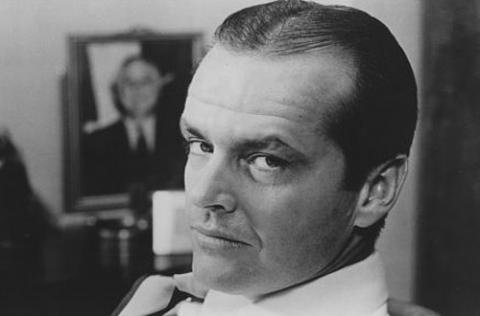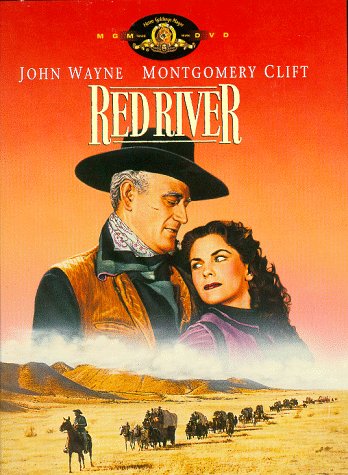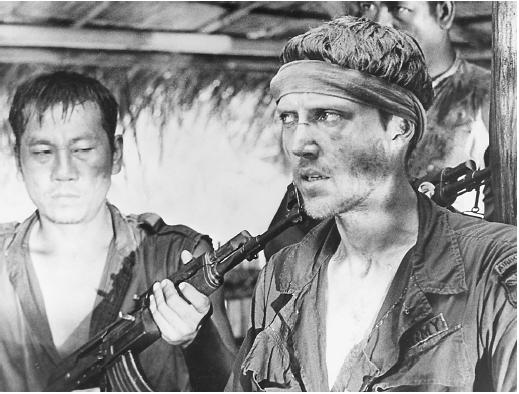A man goes to visit a friend, who turns out to be dead. And, as he investigates the murder, he learns that his friend was much seedier than he had thought. This is the story of The Third Man, and what an intriguing story it is. The film is filled with twists that even a modern audience wouldn’t see coming. The Third Man is the kind of film that you don’t necessarily realize is great until you take a really good look.
For one thing, the cinematography is amazing. The use of shadows throughout this film puts every other noir director to shame. Light is used to its greatest potential, as there are few scenes were one character or another is not shrouded in darkness to mirror the deceit in the story. Also, the use of shadows and silhouettes in chase sce nes and for suspense is brilliant. Further, the use of depth and architecture is wonderful, especially in the last scene, as Anna walks down the tree lined path past Holly.
nes and for suspense is brilliant. Further, the use of depth and architecture is wonderful, especially in the last scene, as Anna walks down the tree lined path past Holly.
The music in the film was also great. At the end, as the sting to catch Orson Welles is underway, there is a melodic, sultry, Tarantino-esque guitar playing in the background. It juxtaposes the action in the scene perfectly to add texture and make the scene much more interesting. Its one of the few pieces of music that stands out, which is appropriate in the climatic scene.
All this said and appreciated, the best parts of the film were the screenplay, and the performance by Orson Welles. The plot of the story was great, but the dialogue made it even better. Filled with quirky one-liners, the film had a touch of humor in the midst of intense suspense. My personal favorite was the English detective, saying to the self-appointed detective, “You were born to be murdered.” Also interesting was the analogy made by Orson Welles, as he talked about the general population as the dots seen from the sky. “Tell me,” he says, “would you really feel any pity if one of those dots stopped moving forever?” The worth of one random persons life and whether each live is equal to another: a universal issue presented in an original way. The screenplay is simply fantastic....as is Mr. Welles.
Orson Welles is on screen for maybe twenty-five minutes. However, in one scene, he makes more of an impact than any other actor in the entire film. Welles is so intense and believable in his character that it’s amazing. Until Welles appears on screen, he is only spoken about, so when we finally meet him, the intensity of the character makes a real impression. From there, you actually have a person to hate or root for, where before there was merely an idea.
I cannot say that The Third Man was one of my favorite films, but it is certainly wonderful and beautifully made. I highly recommend it.
Pictures Retrieved From:
http://incontention.com/wp-content/uploads/2009/07/the-third-man_harry-lime-first-view.jpg
and
http://www.geocities.com/Hollywood/Park/1568/ThirdManAlley.jpg











